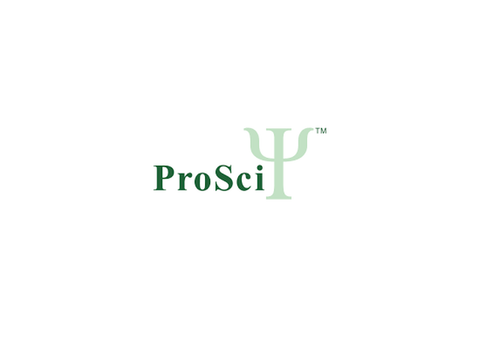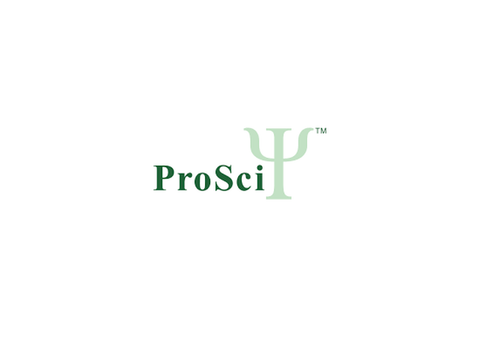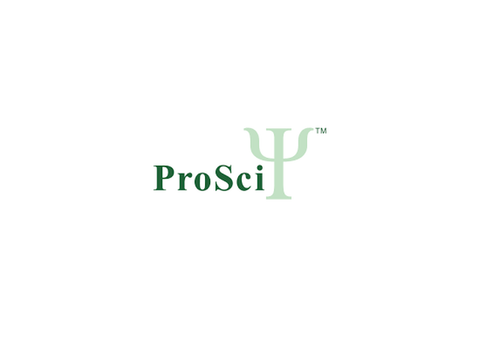Product Description
CREBL1 Antibody | 61-792 | ProSci
Host: Rabbit
Reactivity: Human, Mouse, Hamster
Homology: N/A
Immunogen: This CREBL1 antibody is generated from rabbits immunized with a KLH conjugated synthetic peptide between 560-589 amino acids from the C-terminal region of human CREBL1.
Research Area: Other
Tested Application: WB, IHC-P
Application: For IHC-P starting dilution is: 1:25
For WB starting dilution is: 1:1000
Specificiy: N/A
Positive Control 1: N/A
Positive Control 2: N/A
Positive Control 3: N/A
Positive Control 4: N/A
Positive Control 5: N/A
Positive Control 6: N/A
Molecular Weight: 77 kDa
Validation: N/A
Isoform: N/A
Purification: This antibody is purified through a protein A column, followed by peptide affinity purification.
Clonality: Polyclonal
Clone: N/A
Isotype: Rabbit Ig
Conjugate: Unconjugated
Physical State: Liquid
Buffer: Supplied in PBS with 0.09% (W/V) sodium azide.
Concentration: batch dependent
Storage Condition: Store at 4˚C for three months and -20˚C, stable for up to one year. As with all antibodies care should be taken to avoid repeated freeze thaw cycles. Antibodies should not be exposed to prolonged high temperatures.
Alternate Name: Cyclic AMP-dependent transcription factor ATF-6 beta, cAMP-dependent transcription factor ATF-6 beta, Activating transcription factor 6 beta, ATF6-beta, Protein G13, cAMP response element-binding protein-related protein, Creb-rp, cAMP-responsive element-binding protein-like 1, Processed cyclic AMP-dependent transcription factor ATF-6 beta, ATF6B, CREBL1, G13
User Note: Optimal dilutions for each application to be determined by the researcher.
BACKGROUND: CREBL1 is a transcription factor in the unfolded protein response (UPR) pathway during ER stress. Either as a homodimer or as a heterodimer with ATF6-alpha, the encoded protein binds to the ER stress response element, interacting with nuclear transcription factor Y to activate UPR target genes. The protein is normally found in the membrane of the endoplasmic reticulum; however, under ER stress, the N-terminal cytoplasmic domain is cleaved from the rest of the protein and translocates to the nucleus.
 Euro
Euro
 USD
USD
 British Pound
British Pound
 NULL
NULL

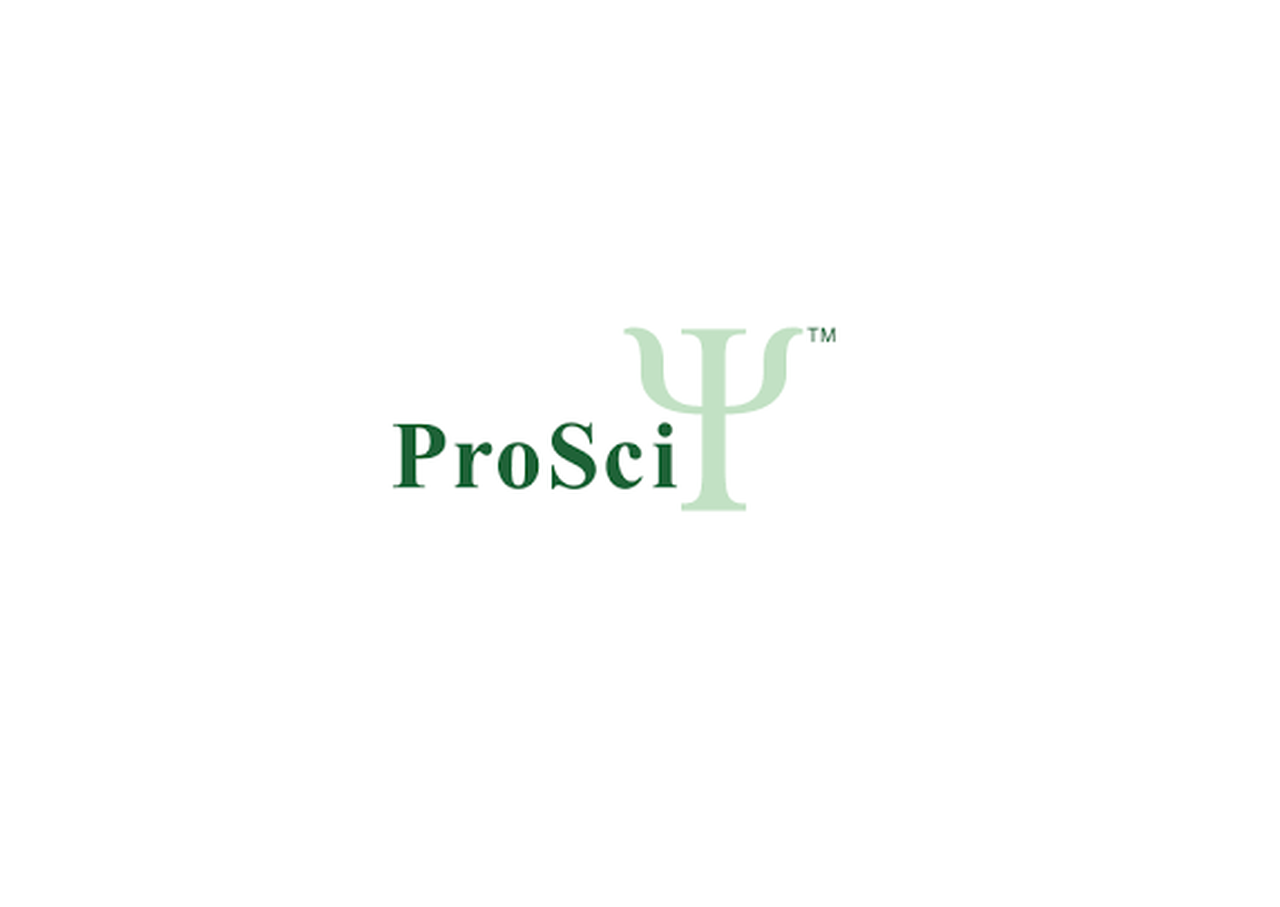







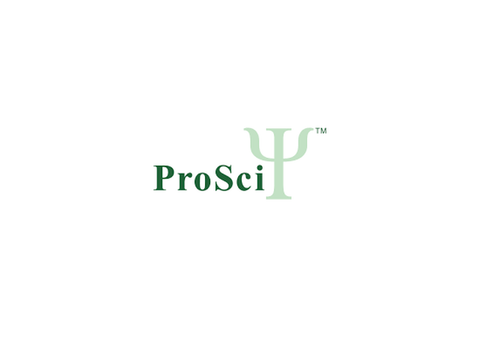
![CREBL1 Antibody (C-term) [APR32127G] CREBL1 Antibody (C-term) [APR32127G]](https://cdn11.bigcommerce.com/s-452hpg8iuh/images/stencil/500x659/products/872372/1164439/logo__92149.1659788186__09149.1659868631.png?c=2)
